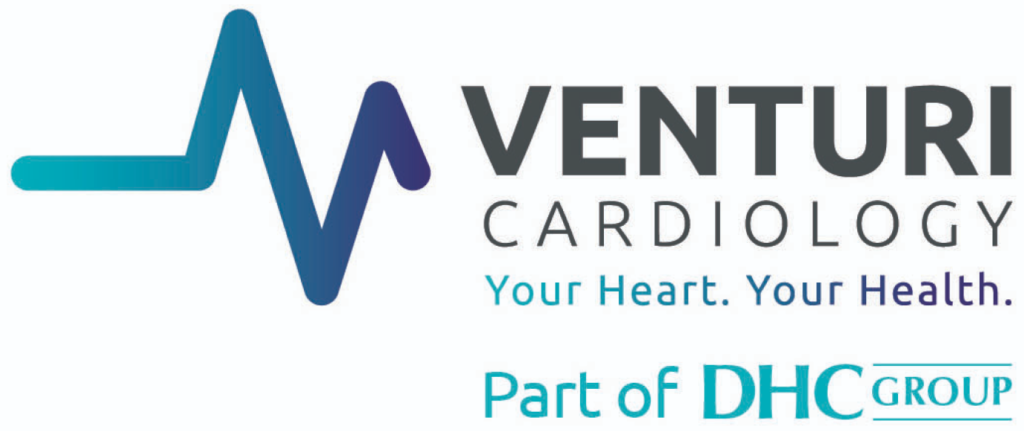It’s estimated that around 2 million people in the UK are living with angina.
Angina is one of the most common heart conditions. Men and women over the age of 40 are more likely to be affected, than those under 40.
The treatments for angina are often multi-faceted. They usually involve lifestyle changes, medication, and sometimes surgery. However, with the help of angina treatment at Venturi in Warrington, Cheshire, you can still live a long, healthy, and fulfilling life.
Want to find out more about angina: the statistics, symptoms, and potential treatments? Let’s take a closer look at the key things you need to know.
What is Angina?
Angina is a symptom of coronary artery disease. It’s characterised by a type of chest pain that reduces blood flow to the heart. Angina can feel like a squeezing, pressure, or heaviness in the chest. These pains can be sudden or recur over time.
Thankfully, angina is not usually life-threatening. However, it can indicate that you are at an increased risk of a heart attack or stroke.
Angina doesn’t cause any lasting harm to the heart muscle. However, if it’s left untreated, your chances of experiencing a heart attack can increase significantly.
Angina symptoms
So in addition to feelings of pain or heaviness in the chest, angina sufferers commonly exhibit other symptoms. These can include:
- Tiredness
- Weakness
- Shortness of breath
- Pain that can radiate to the upper back, neck, jaw, and both arms
- Nausea
- Dizziness
- Sweating
The symptoms of angina can mimic other heart conditions, and they can even resemble a heart attack. If you’re experiencing any symptoms of angina, you should consult a cardiologist immediately and seek the appropriate medical treatment.
Angina: The risk factors
Like most medical conditions, there are a combination of genetic and lifestyle factors that can increase your risk of developing angina. Here are some of the most common risk factors:
- A family history of heart disease
- Smoking
- High cholesterol
- Lack of exercise
- Stress
- Obesity or an unhealthy diet
- Old age
- Pre-existing medical conditions for example, diabetes, heart failure, valve disease, or metabolic syndrome.
The types of Angina
Different types of angina can vary depending on the underlying cause. However, the most common types of angina are:
Unstable Angina
This is the most dangerous form of angina. Unstable angina usually comes on suddenly and without warning, most often when you’re resting. A blood clot within one of the arteries is usually the cause. Unstable angina is always a medical emergency, as it can indicate a heart attack.
Stable Angina
Stable angina is a less severe form of the condition. With stable angina, the onset is much slower, and it usually follows a consistent pattern of symptoms that have been present for at least two months. This type usually happens during exercise or other forms of physical exertion. If often improves when you are relaxed. Stable angina can develop into unstable angina.
Microvascular Angina
This form of angina can occur during daily activities or periods of stress. The chest pain usually lasts longer than other types of angina – anywhere between 10-30 minutes. This is because this form of angina affects the heart’s smallest coronary artery.
Variant Angina
Coronary spasms cause this rare type of angina. These spasms usually occur at night and follow a specific pattern (for example, after smoking, cold weather, or certain medications). This type of angina is more prevalent in younger people.
Angina: Differences between men and women
Although many of the most common angina symptoms are present in both men and women, sometimes, the onset can differ in women.
Men with angina will usually experience the most common symptoms (e.g., chest pain, pain in the jaw, nausea, sweating, etc.).
Women may experience a more varied range of symptoms. These can include:
- A sharper, stabbing chest pain (unlike the typical ‘pressure’ that men experience)
- Indigestion
- Vomiting
- Abdominal pain
- Discomfort in the throat and jaw
Remember: If you’re experiencing any symptoms of angina, you should seek immediate medical attention. Angina may not be life-threatening, but its symptoms often mimic more severe conditions like a heart attack. To ensure you receive an accurate diagnosis and treatment, seek help immediately.












